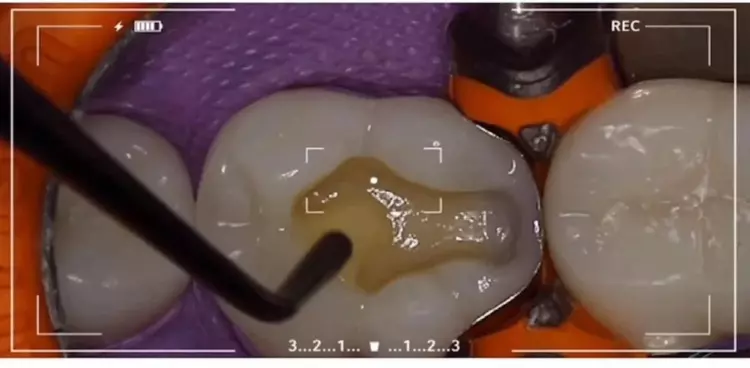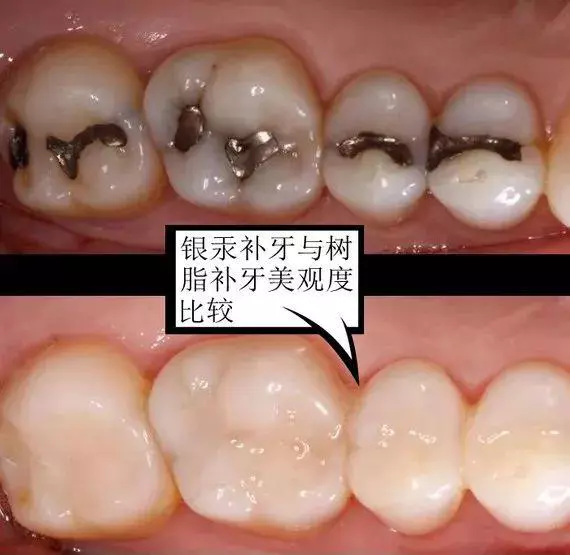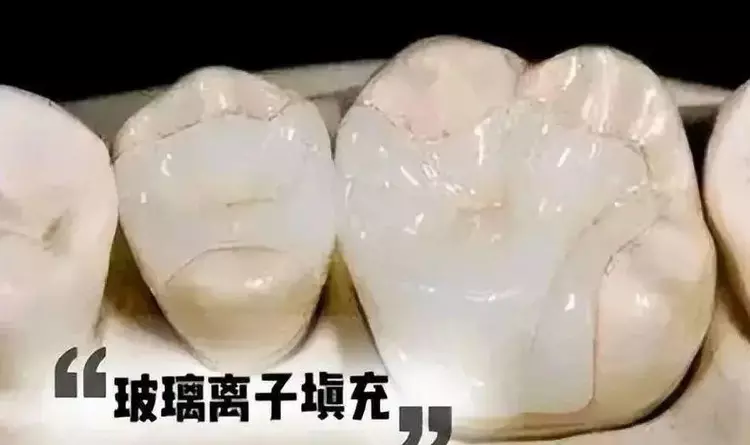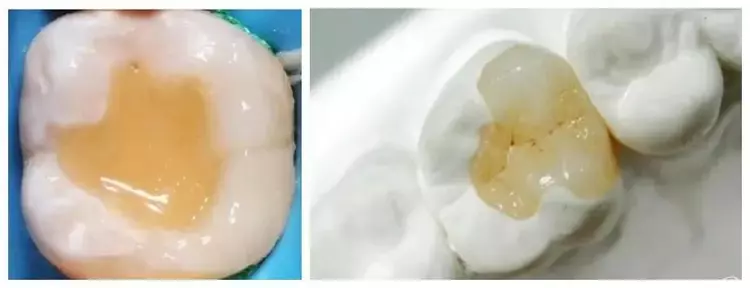How To Choose Dental Filling Materials?

There are many filling materials used for dental filling, which generally belong to two categories: metal and resin materials. The factors that must be considered when choosing include: the extent of tooth damage, the parts of the teeth that need to be repaired, whether they are allergic, and the cost. The principle is to restore tooth function while considering aesthetics.
At present, the main fillers available for selection are:
1. Silver amalgam alloy
Silver amalgam is mainly made of a mixture of silver, tin, copper, and mercury. It was the most commonly used dental filling material more than a decade ago and has been widely used for over a century due to its strength and durability.
The biggest advantage is that it is cheap, wear-resistant, corrosion-resistant, and has a long service life.
Disadvantages: Firstly, the color of the metal is not consistent with the color of the teeth, lacking aesthetic value; Secondly, there is no adhesive strength, and it is necessary to grind the tooth defect area into an additional shape for installation; The third reason is poor biocompatibility and the slight toxicity of mercury, which is now abandoned by most hospitals.

2. Resin material
The mainstream dental filling material now is composite resin, including ordinary resin, nano resin, and so on.
Advantages: Firstly, it is very beautiful, and the color can be consistent with the teeth, achieving the effect of confusing fake with real; Secondly, it has good adhesion to teeth and requires less additional grinding; Thirdly, doctors have stronger operability.
Strength and wear resistance are the biggest shortcomings of resin materials. Previously, their service life was generally only 3 to 10 years. However, in recent years, with the development of technology, especially the emergence of nano resins, this disadvantage is rapidly narrowing.
Due to the color of the resin material being close to the original color of the teeth, the effect is very beautiful, so it is mostly used in front teeth. In appropriate cases, resin materials can be used to improve the color, shape, and size of teeth and beautify the smile.
3. Glass ion

Glass ions are mainly compounds made by mixing aluminum glass and polyacrylic acid. This material has good biocompatibility, strong adhesion, and low irritation, and can slowly release fluoride ions, which can to some extent prevent the occurrence of secondary caries. If the patient has moderate caries, deep caries, or decayed teeth located in the posterior groove, glass ion filling can be chosen because glass ion is superior to resin materials in terms of wear resistance and shrinkage.
However, the aesthetics of glass ions are not as good as resin, and they are not easy to polish, making them unsuitable for anterior tooth repair.
Inlay is an emerging method for filling teeth
No matter what material is used, the traditional method of filling teeth is to grind off the decayed part, then fill it with new material, and finally polish it. This method of filling teeth is completed in one go in the mouth, and the entire process is affected by objective factors such as the small operating space in the mouth and the patient’s saliva, making it difficult to achieve a perfect fit. Ultimately, the lifespan of the filled teeth is not long, which may lead to detachment and secondary caries. Moreover, large areas of caries and special areas of caries that require filling and filling are often not durable. So a new method of filling teeth – inlay filling teeth – was born.

Inlay filling is the process of first preparing the affected tooth into a certain shape of a cavity, and then customizing the repair body according to the shape of the cavity. It is then adhered to the defective tooth through adhesive to complete the repair process.



